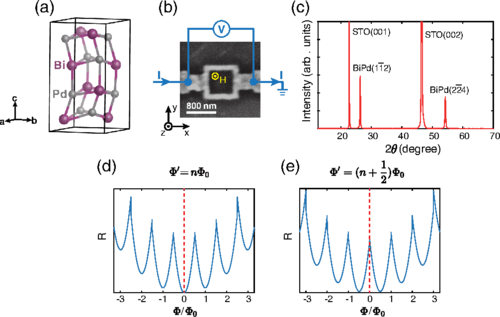
Researchers at Johns Hopkins built on their previous study about the search for basic building blocks of materials called superconductors with spin-triplet pairing, which were considered to be very rare. The rare property of spin-triplet pairing can give rise to an exotic electronic state called Majorana fermions, which can be used as fault-tolerant quantum bits, a basic working unit for prospective quantum computers that may eventually replace the noise-prone prototypes under development by Google and IBM.
The new finding focuses on a particular type of crystal, a noncentrosymmetric superconductor. Unlike most common crystalline materials that demonstrate inversion symmetry, that is, a crystal structure that is indistinguishable with its inversion image, this special class of materials breaks inversion symmetry, exhibiting an inversion image distinctive from itself. This low symmetry is predicted to indicate the presence of the otherwise elusive spin-triplet pairing. These “lowly” materials comprise a potential rich mine of quantum-computer-building materials. However, decisive evidence of spin-triplet pairing in these crystals has been lacking.
Using a new experimental method, the Hopkins researchers examined a prototype of this superconductor, α-BiPd. Their experiment found the presence of the highly unusual half-integer quantization of magnetic flux in polycrystalline rings of α-BiPd, which comprises smoking-gun evidence for spin-triplet pairing.
That paints a promising and encouraging future when more building-block materials emerge from materials with low symmetry. This study could accelerate the development of fault-tolerant quantum computers. (Phys.org)
The study has been published in Physical Review Letters.
